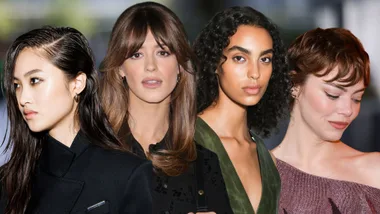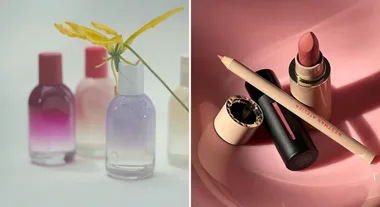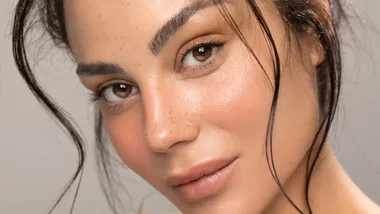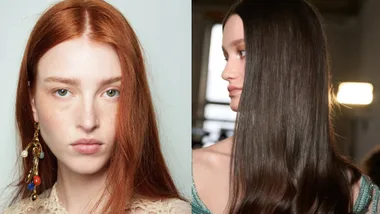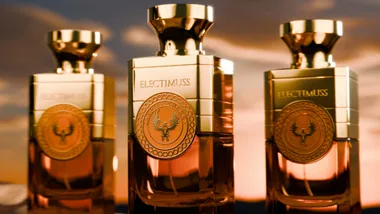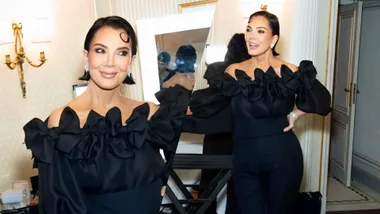There’s a unique vulnerability to sitting in a hairdresser’s chair and letting the stylist take the reins.
Whether they’re your trusted hairdresser, or you’re venturing out to a new salon, there’s no denying we put a lot of trust into our stylist’s hands – and scissors.
And even after scouring the internet for inspiration pictures, tossing up whether you could pull off that celebrity’s lob (we’re looking at you Hailey Bieber), and daydreaming about the perfect shade of lived-in, low-maintenance blonde, things can still go south when it comes to switching up your hairstyle.

Whether you’ve asked for long layers when you really meant short, or found yourself rocking a bob when you only wanted a trim, more often than not, leaving the salon less than satisfied comes down to how you communicate with your hairstylist.
So, we asked the experts from two of Sydney’s top-rated salons for their tips and tricks to nailing a hair consult, and walking away with hair you love every single time.
How To Effectively Communicate What You Actually Want At The Hairdresser
“My top tip is to be prepared,” Que cutting expert Vicky Markopolous tells marie claire.
“Have your gallery of hair inspo images on hand. Be ready to talk about your previous experiences as they are a great indicator of what you do and don’t like.”
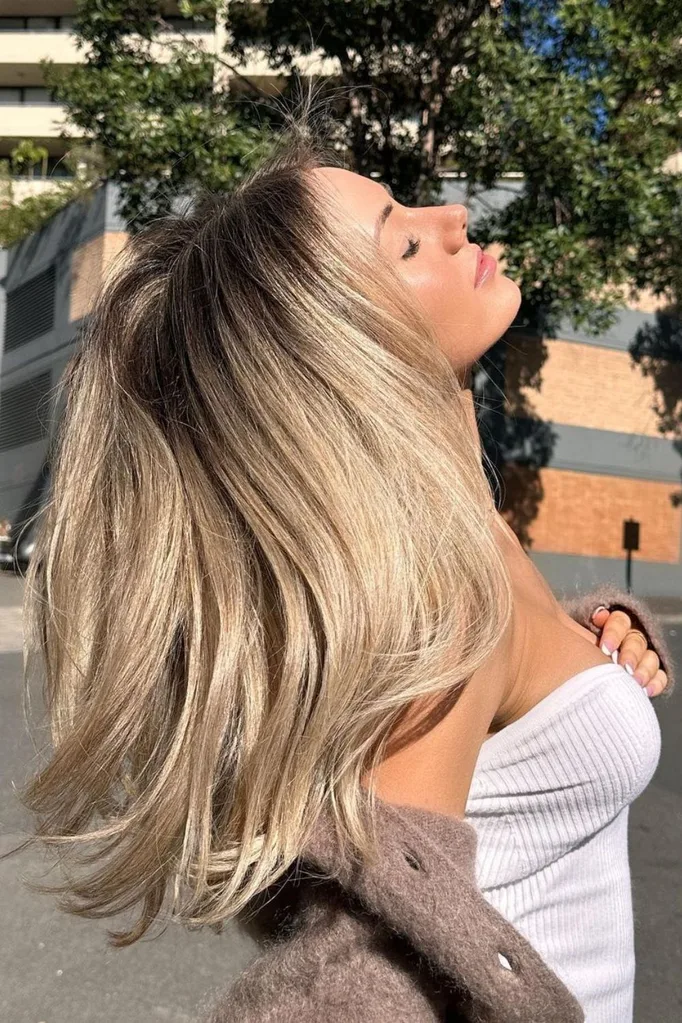
Beyond this, Vicky says, it’s also important to set reasonable expectations.
“Be realistic with your hair type and look for references that are similar to your hair texture. We love to set realistic expectations and talk about what will be maintainable so that clients can recreate the style as close as possible at home.”
In other words, Hailey Bieber’s silky bob might not be the best option for curly girls, and vice versa.
For Diane Gorgevski of Koda Cutters, visual aids are similarly important.
“Visual concepts help narrow down preferences effectively,” she explains.
So come armed with an array of photos, and be ready to discuss with your hairdresser how each look would suit your hair type and face shape.
How Should You Wear Your Hair To A Hairdressing Appointment?
If you’re anything like us, you’re guilty of showing up to the hairdresser with locks that are well overdue for a wash, and likely scraped back into some form of a slick bun.
But, according to the experts, we aren’t doing ourselves any favours when it comes to achieving our dream hair by doing so.
While Vicky says it’s okay for hair to be a little dirty, she adds that it’s best to turn up to your appointment with your hair as close as possible to its natural state.
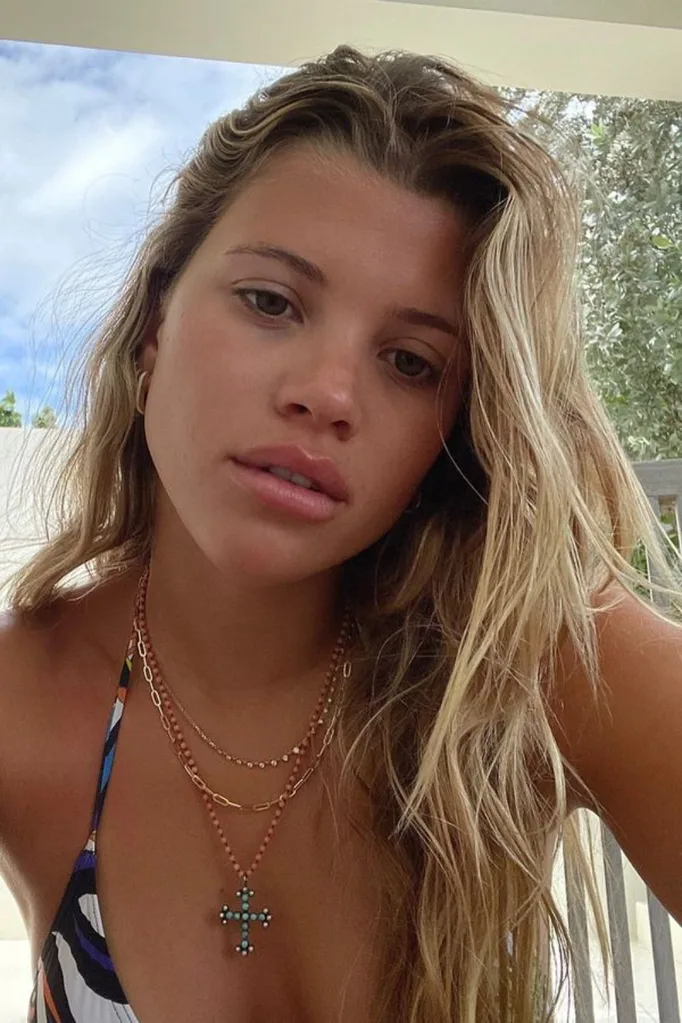
“Ideally it’s best to come to a haircut appointment with your hair unstyled or similar to your natural, dried state, so we can get an idea of how the hair will sit after a fresh cut.”
Diane seconds this logic, adding that it’s especially important for curlier textures: “Always arrive with your hair in its natural texture and style. Curly hair should only be cut when it’s naturally curly, and the same applies to other hair types.”
What Should Your Hairdresser Ask You Before Cutting Your Hair?
While it pays to be prepared, as it turns out, the onus isn’t completely on you when it comes to achieving a haircut you love.
There are a few things a good hairdresser should ask in your pre-cut consultation, says Diane.
“I always inquire about lifestyle, profession, and the client’s personality to determine a cut that works well throughout the day, regardless of the situation.”

Vicky shares a similar philosophy.
“It’s great to let your stylist know how you style your hair, whether you use any particular products, or if you just air dry your hair,” she says.
She adds that discussing how the hair sits naturally is particularly important, particularly when it comes to cutting bangs – this is when your hairdresser should flag a cow’s lick, or widow’s peak, as these will impact how bangs or fringes sit.
The Terms To Know For Your Pre-Cut Consultation
While, thanks to social media, many of us are better versed in terms like ‘butterfly cut’ and ‘dancing layers’, to avoid getting your wires crossed when speaking to your hairdresser, it pays to know exactly what these turns of phrase mean.
Below, we asked Diane and Vicky for the most popular hair cutting terms to know, so you can nail your next appointment.
Hidden layers
“Also known as internal layers, these are layers that you almost can’t see because they build the internal shape of a haircut. With internal layering, your stylist will lift your hair to cut layers underneath, creating shorter sections beneath the surface, and adding lift in strategic places helping to support the shape and silhouette of your hair,” explains Vicky.
Dancing layers
When it comes to cutting dancing layers, think Denise Richards’ bouncy 90s do, or Matilda Djerf’s signature voluminous look.
“By adding longer layers through the back of the hair you get that bouncy, dancing hair effect when you walk,” says Vicky.
Face framing
“This is a key term to know,” says Vicky, “and refers to the shorter pieces of hair that are cut usually from the bottom of the cheekbone downwards. “
Chin bangs
According to Vicky, chin bangs are the perfect introduction to anyone looking to transition to a front fringe or curtain fringe.
Peekaboo bangs
Peekaboo bangs are Vicky’s pick for switching up your look with low commitment.
“They sit like a more traditional front fringe but are thinner and more wispy which will allow the styling to be more versatile if you want to pin all your hair back or style it out of your face.”
‘Lived in’ haircut
According to Diane, this refers to “a razor cut or hair that doesn’t look freshly cut, providing a more relaxed appearance.”
Blunt strong ends
“This refers to hair that has a fresh chop look with defined and strong ends,” says Diane.
Health trim
“A health trim is a small trim for hair growth purposes, indicating the stylist should avoid significant changes,” Diane explains.

